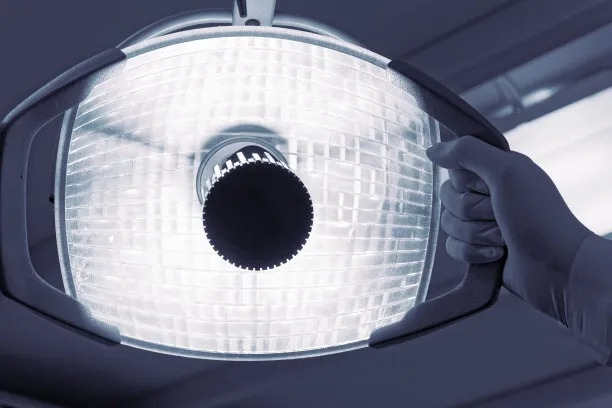The Ultimate Guide to Extracting a Tooth Painlessly and Safely at Home or in a Dental Office
Summary: Extracting a tooth is a sensitive task, whether performed at home or in a dental office. This ultimate guide focuses on the procedures required for painless and safe tooth extraction, addressing essential preparations, techniques, post-extraction care, and when dental intervention is necessary. It aims to ease anxiety surrounding tooth extractions while ensuring the reader is informed about both at-home and professional methods. Knowledge is crucial to preventing complications, and this comprehensive guide provides valuable insights for those contemplating this dental procedure.
1. Essential Preparations before Extraction

Before attempting to extract a tooth, whether at home or in a clinic, thorough preparation is vital. One must gather all necessary tools such as dental pliers, antiseptic solutions, and gauze to ensure a smooth procedure. Having everything on hand reduces stress and enhances the overall process.
Furthermore, understanding the specific type of tooth to be extracted is critical. Different teeth, such as molars and incisors, pose unique challenges during extraction, and knowing what to expect can make the experience less intimidating. Consider consulting dental resources or professionals to familiarize yourself with the procedure.
Another important preparation step is addressing your anxiety or fear surrounding tooth extraction. This emotional preparation can significantly affect your experience. Simple relaxation techniques, like deep breathing or visualizing success, can help calm nerves before the procedure, allowing for better focus and execution.
2. Techniques for Pain-Free Extraction
The method of extraction plays a crucial role in minimizing pain. When executing a dental extraction at home, utilizing local anesthesia is essential to numb the area effectively. Over-the-counter dental anesthesia may offer temporary relief, but consider professional options for a more substantial effect.
If seeking to have the extraction done in a dental office, discuss sedation dentistry with your dentist. Sedatives can range from mild anxiety relief to complete unconsciousness, providing varying levels of comfort. This option allows you to undergo the procedure without any conscious awareness, significantly reducing anxiety and pain.
Additionally, exploring non-invasive techniques, such as laser dentistry, can ease the extraction process. Laser technology minimizes discomfort and promotes faster healing, making it a desirable option for patients. It is advisable to inquire about the availability of such technology at your dental office.
3. Post-Extraction Care for Faster Recovery
After a successful extraction, proper post-care is vital for a speedy recovery. First and foremost, follow your dentists instructions closely. Rest is crucial, and lying down with your head elevated can prevent excessive bleeding and swelling.
Moreover, eating soft foods and avoiding vigorous activities immediately after the procedure greatly contributes to recovery. Foods such as yogurt, applesauce, and smoothies are excellent options that ease discomfort while providing necessary nutrition.
Monitoring the extraction site for any signs of infection is also important. Symptoms such as intense pain, swelling, or discharge should prompt an immediate consultation with your dentist. Addressing complications early can prevent more severe issues and ensure a smoother healing process.
4. Knowing When to Seek Professional Help
While some individuals may attempt to extract teeth at home, it’s essential to recognize when to seek professional assistance. Complex extractions, such as those involving impacted wisdom teeth, should always be handled by a dentist to prevent complications.
Furthermore, if a tooth is associated with severe pain or underlying dental issues, consulting a professional is the safest option. Dentists can provide appropriate treatments that alleviate discomfort while managing the extraction process safely.
Finally, if you experience excessive bleeding or prolonged pain post-extraction, do not hesitate to contact a dental professional. Such symptoms could indicate complications that require prompt attention to ensure your health and wellbeing.
Summary: The guide outlines critical preparations, painless techniques, necessary post-care, and indicators for when to seek professional help regarding tooth extractions. Assessing ones options creates a well-informed path towards effectively managing dental health challenges. Understanding the extraction process can ease anxiety and promote better outcomes.
To everyone considering tooth extraction, remember that knowledge is power. Be proactive in your dental health journey.
This article is compiled by Vickong Dental and the content is for reference only.



